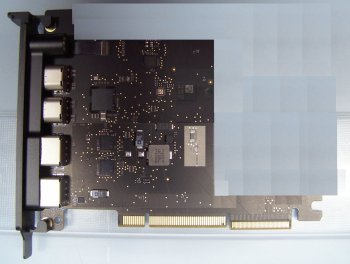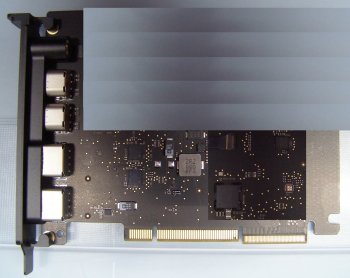Could the extra connector on the I/O card be carrying video passthrough (DisplayPort) for TB3?
It also needs to bubble up the GPIO connection that Thunderbolt also needs.
It must also be carrying audio codec data from the chipset.
Doesn't have to. There are USB to audio chips that could be sitting on a USB hum on the card along with the two USB A ports. Various Thunderbolt docs have audio connectors ( some TOSLINK and others ) on them. That is how it is implemented there.
Apple could but they could also skip the Intel audio set also. ( Skipping I think also removed potential interop issues with the T2's audio also. )
Maybe extra power for TB/ USB PD?
If they are keep with the spec but probably not to the USB A ports. Just hitting the TBv3 optional spec of 100W. But wouldn't be surprised if they cut that short.



